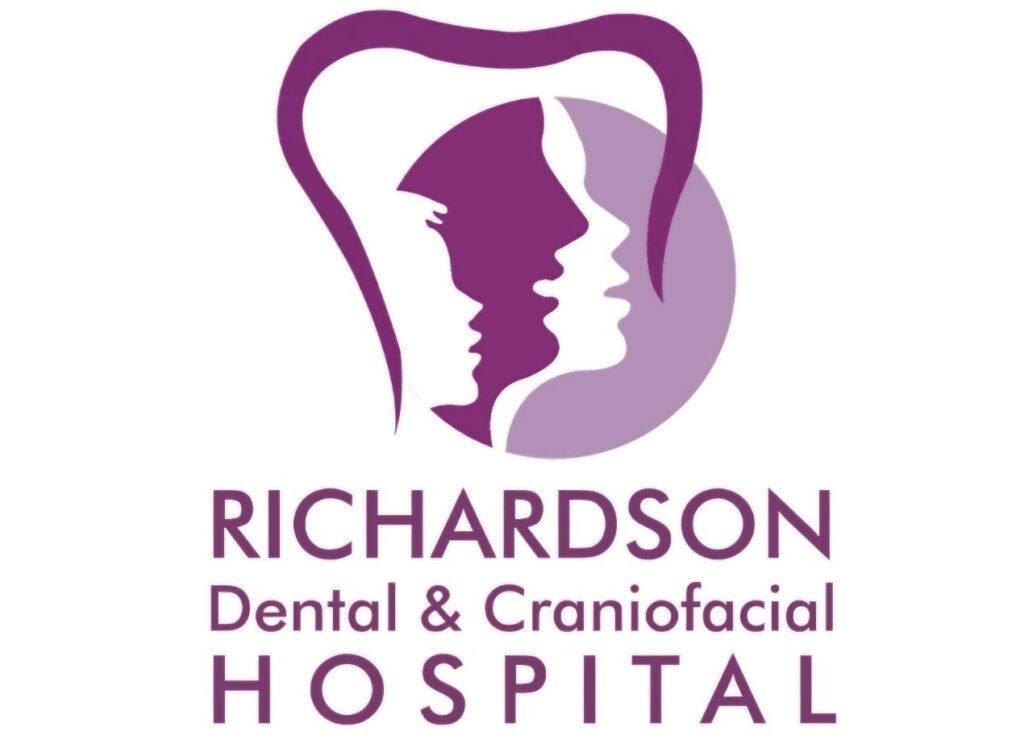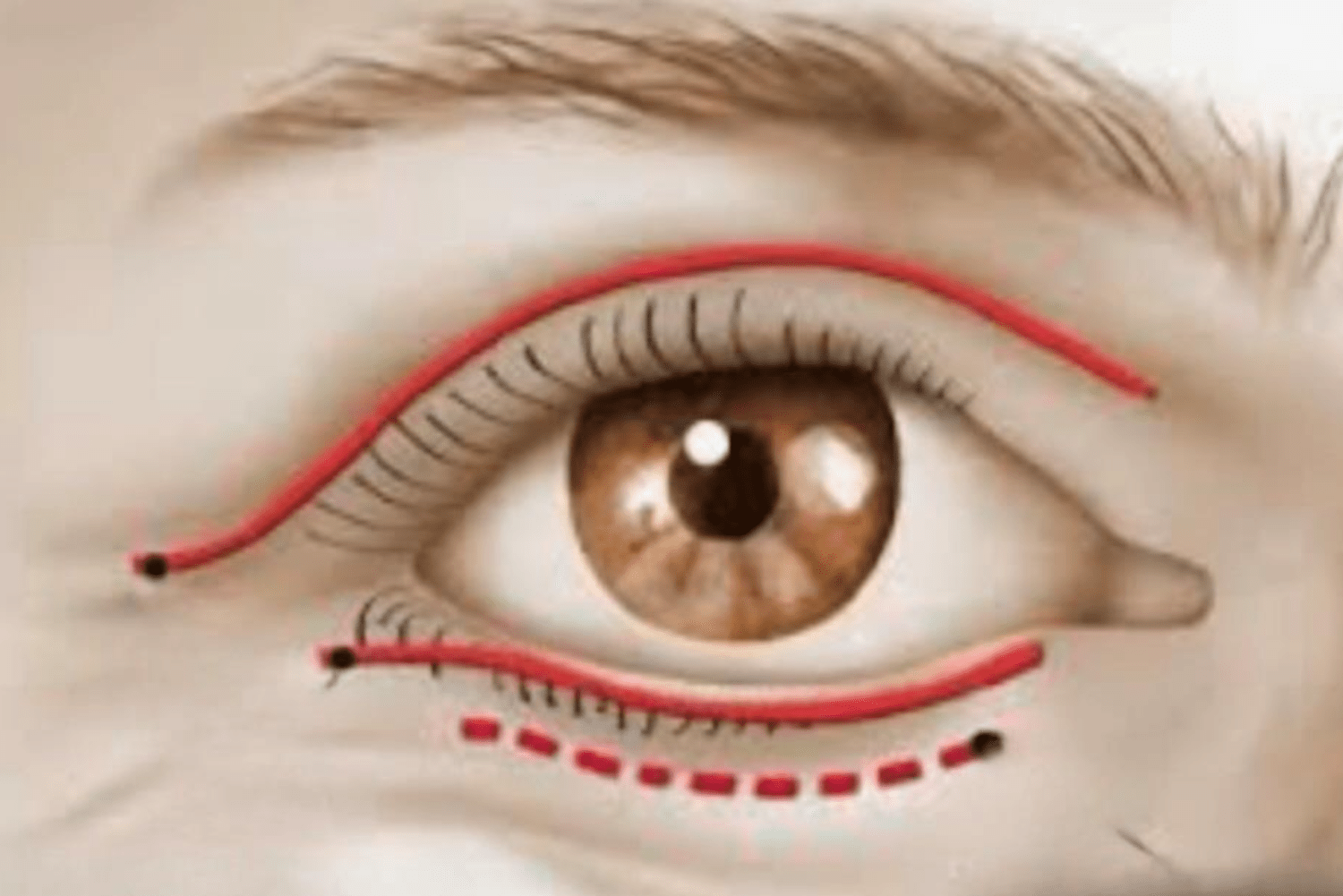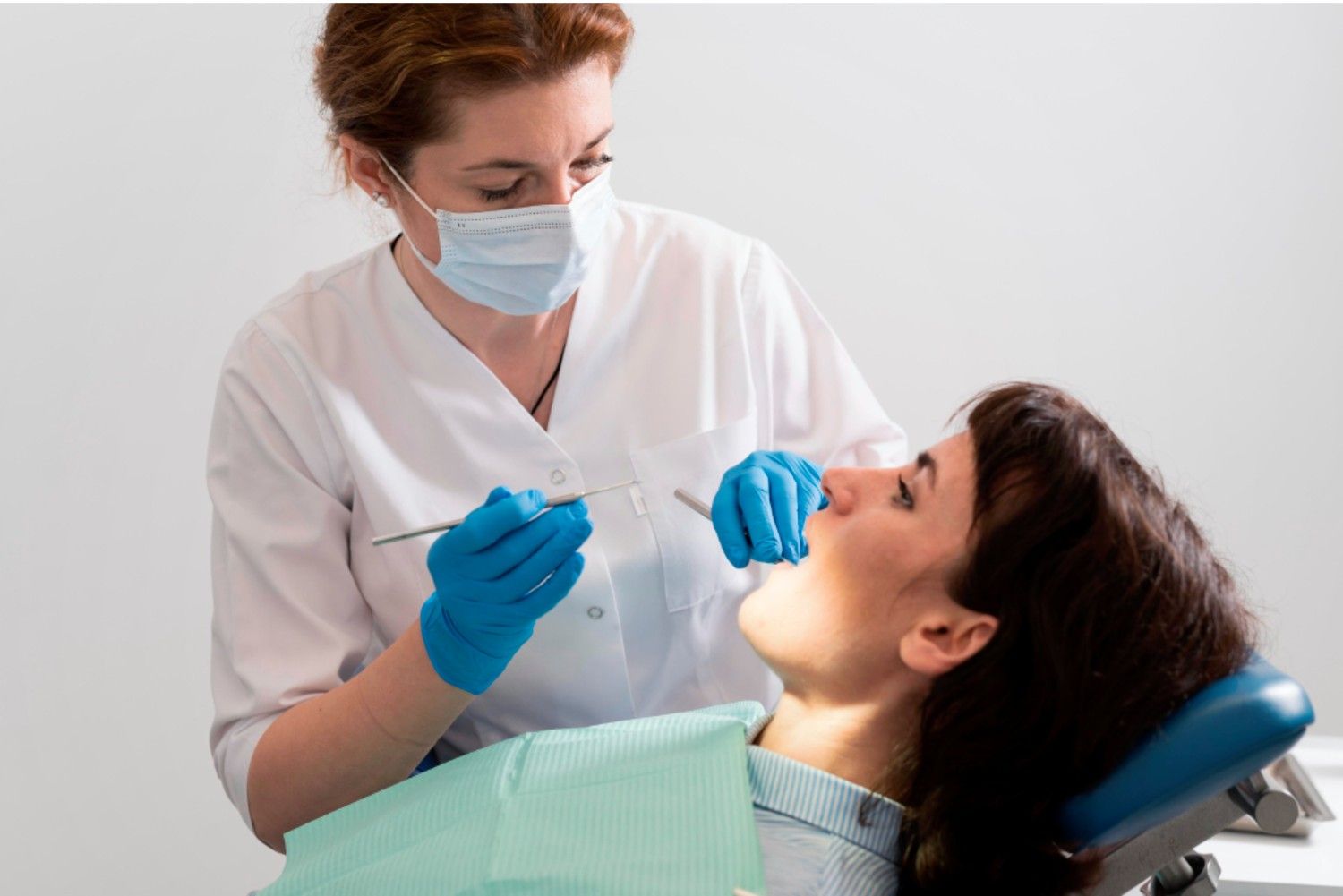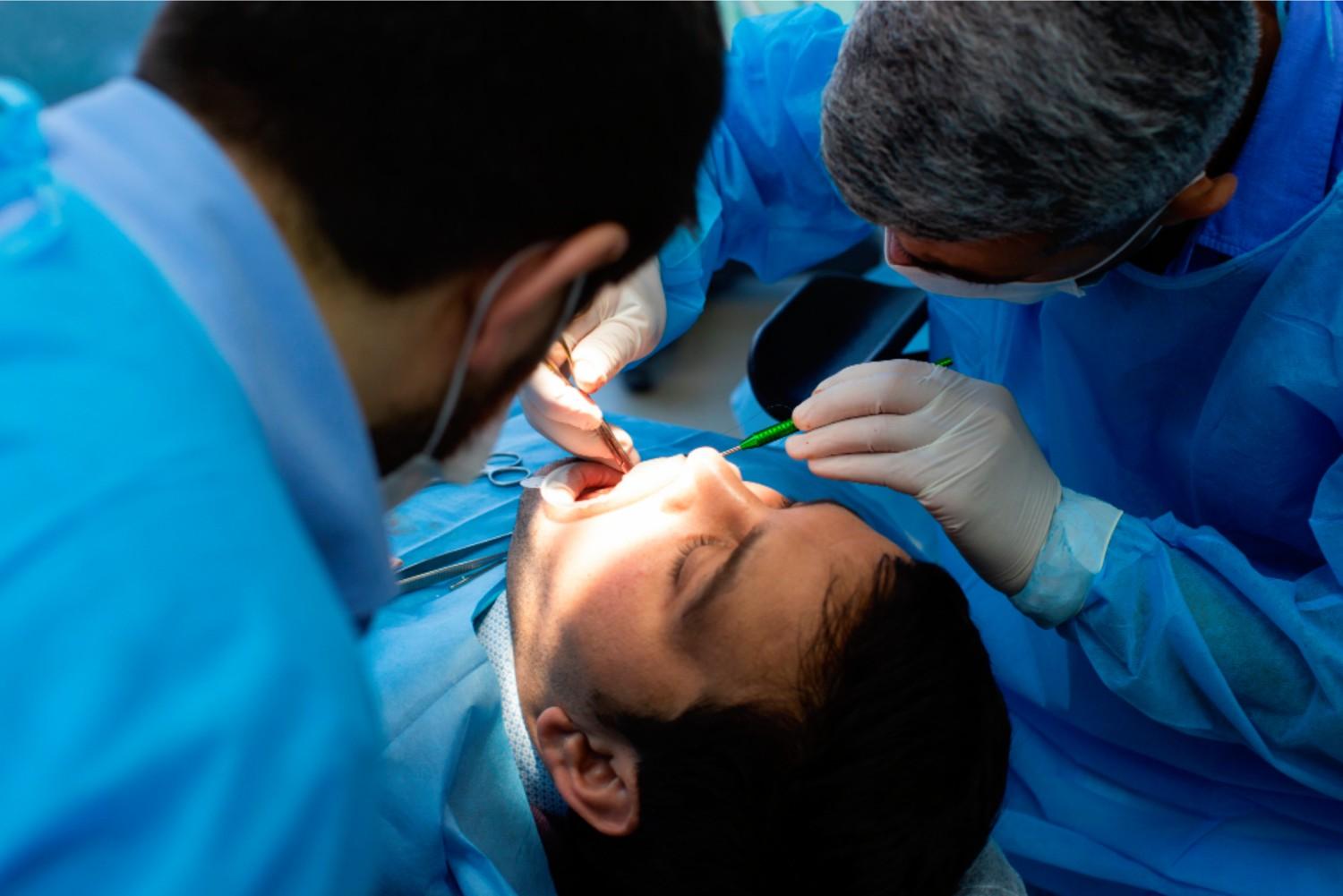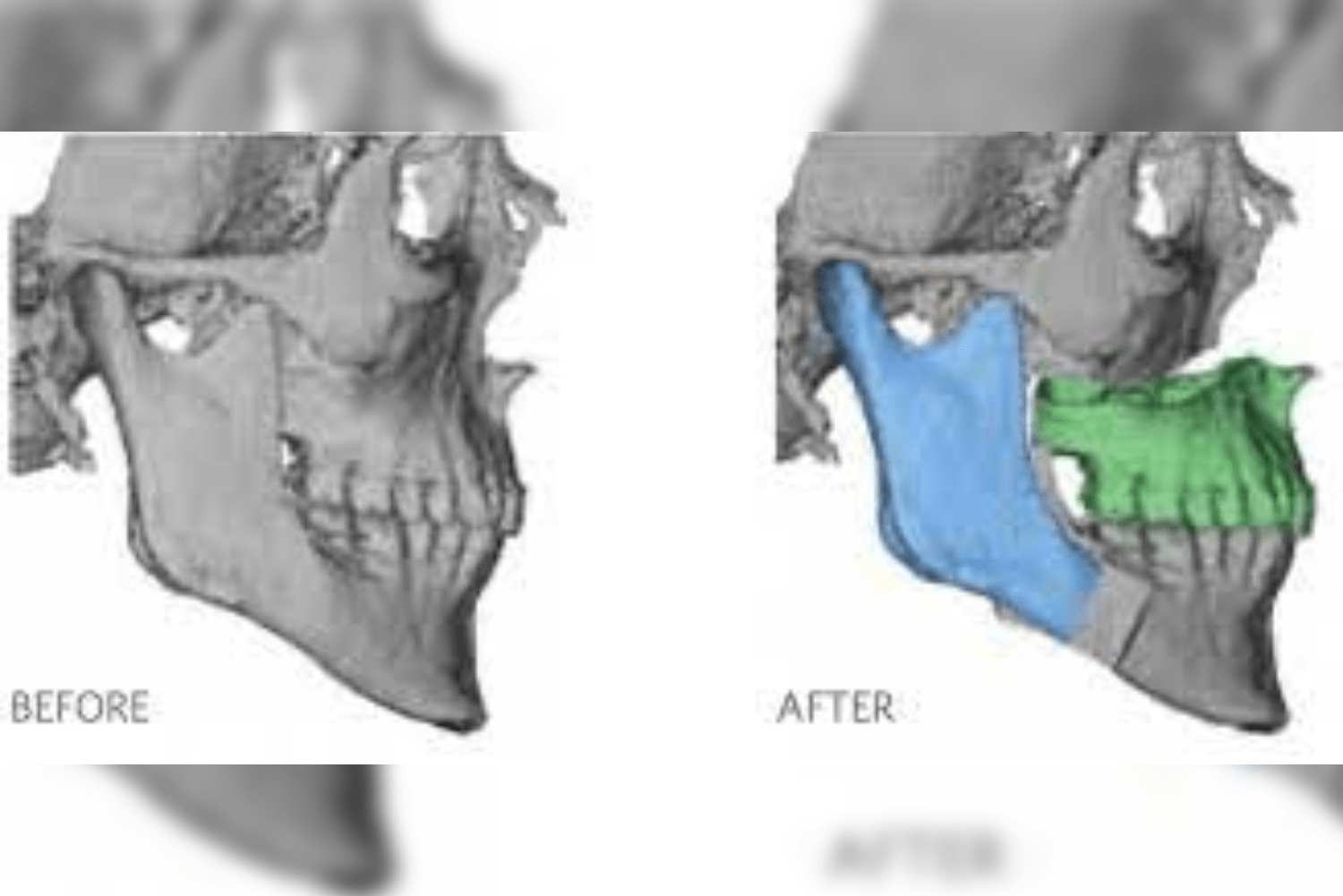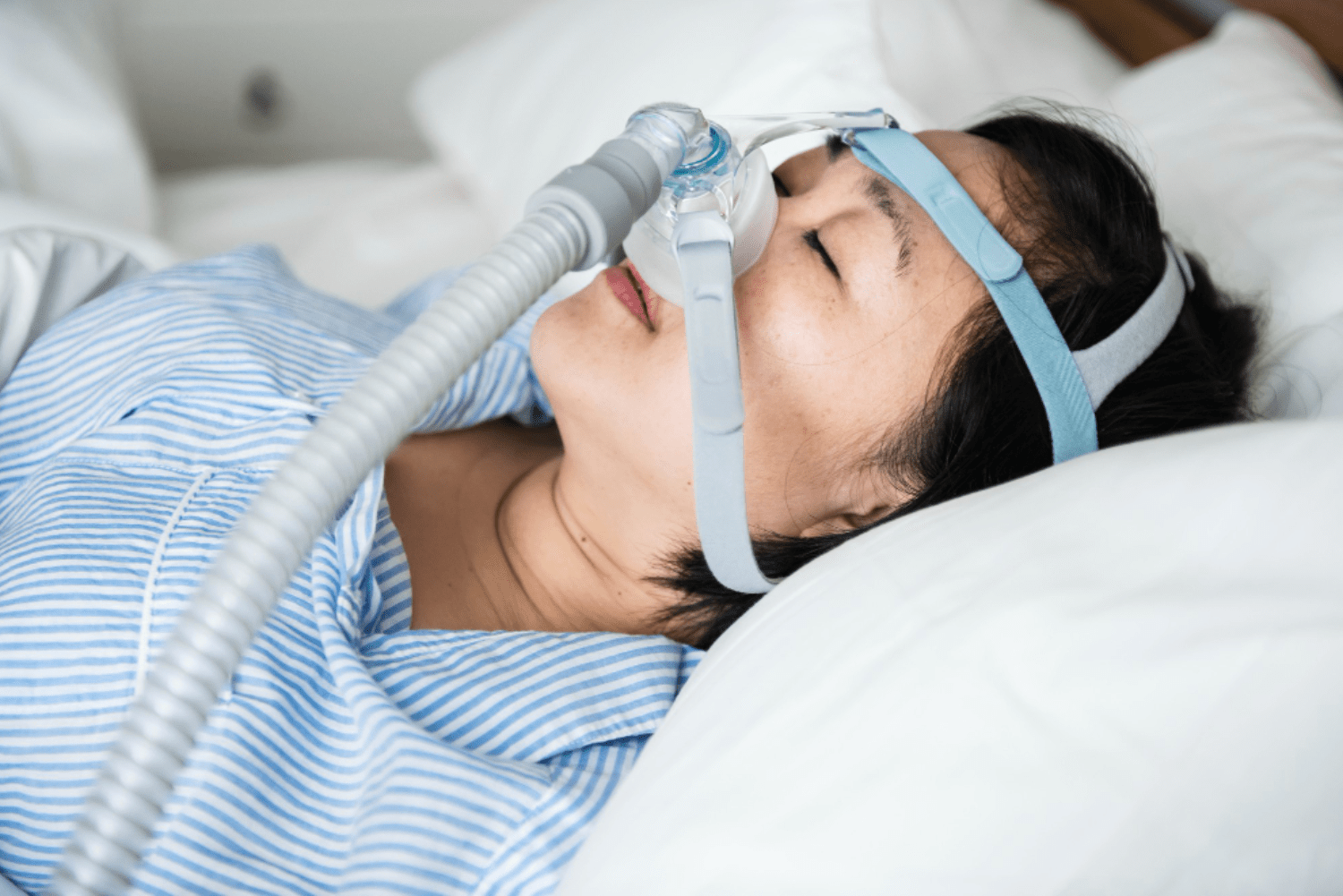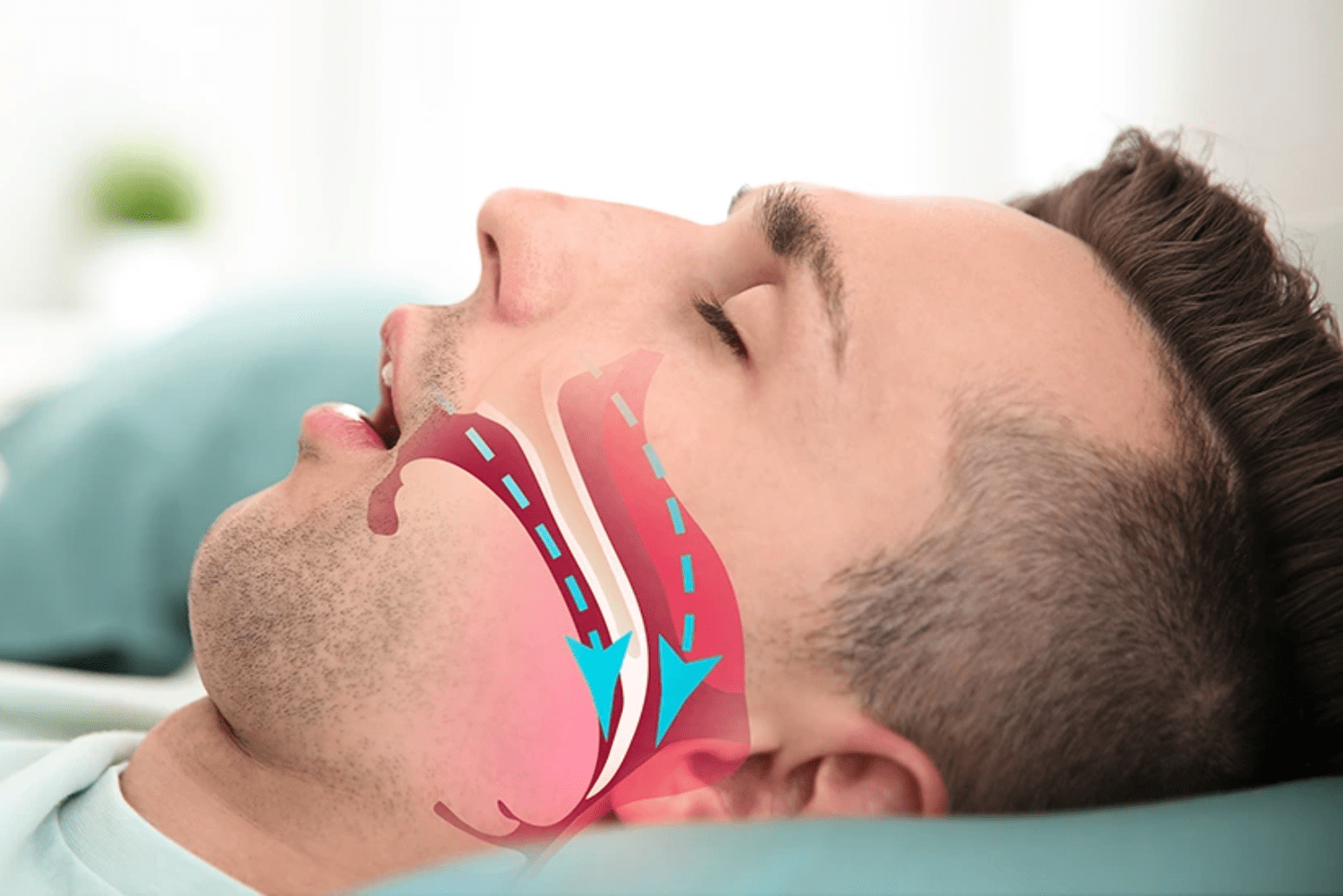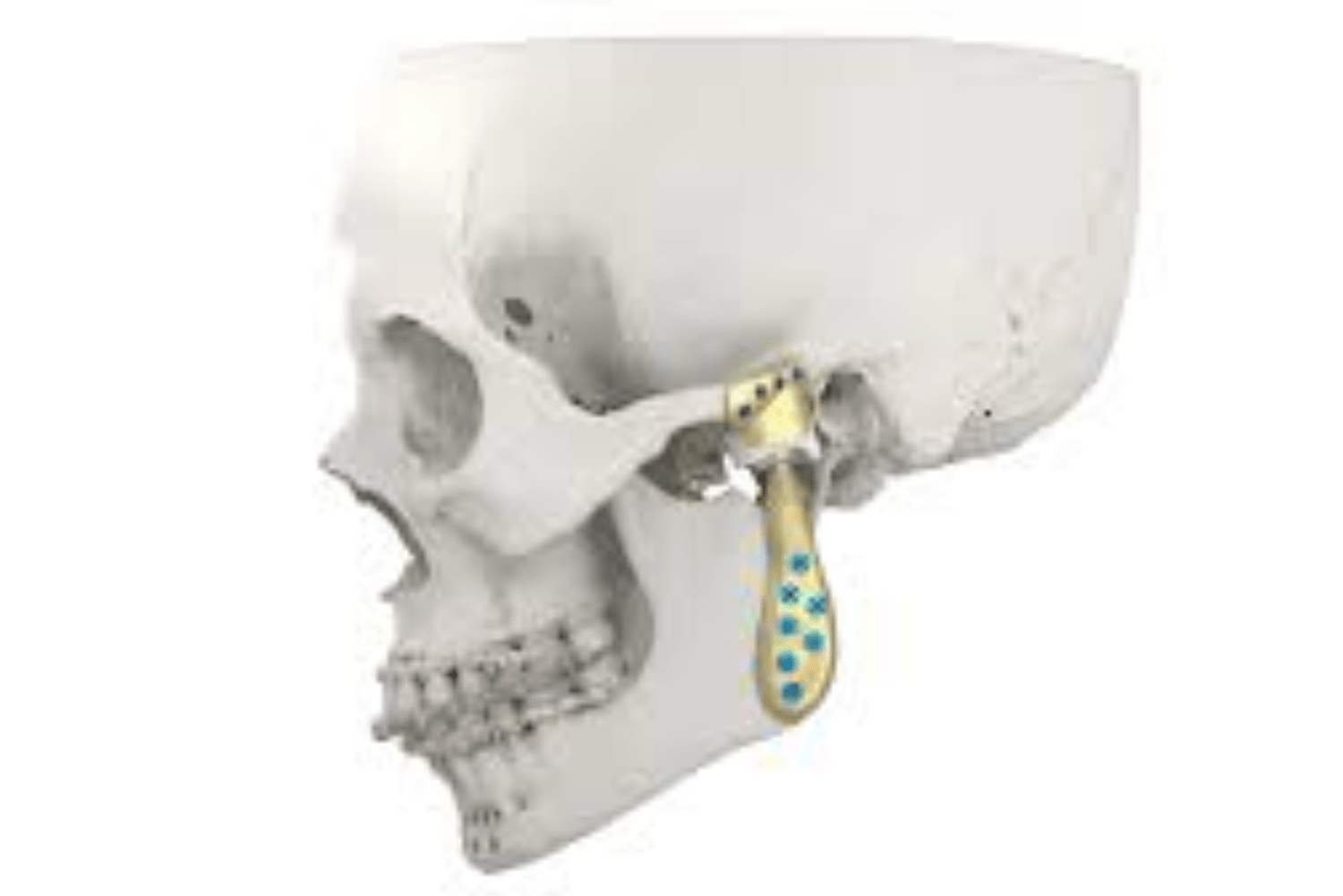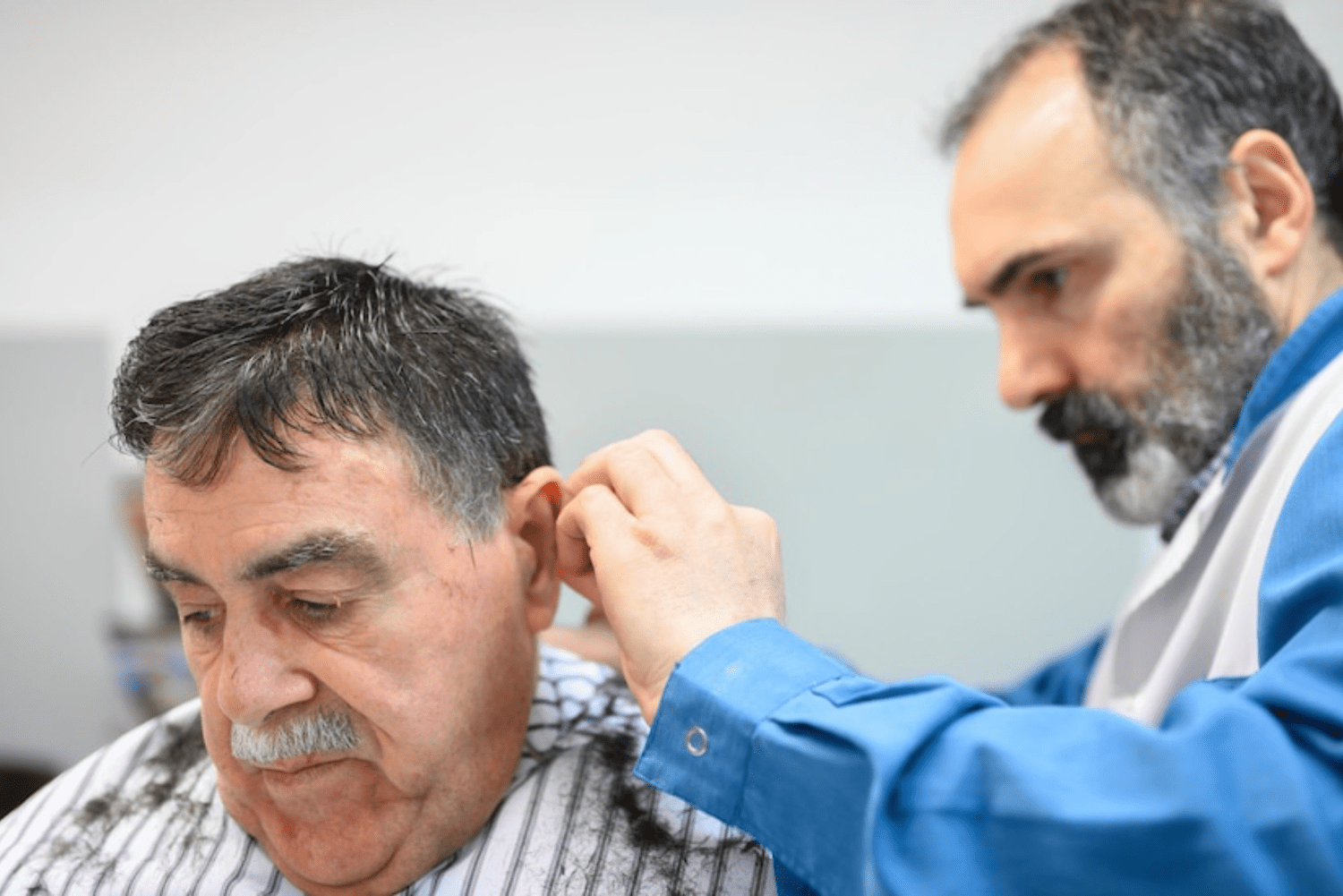What is Blepharoplasty?
Blepharoplasty is a surgery done to enhance or improve the eyelid appearance. It is aimed at making the eyes appear look bigger by removing the droopy skin around the eyes. But sometimes it might just be as little as repositioning the fat around the eyes. Many patients also ask how safe eyelid surgery is, since it deals with a delicate area, and this is where proper expertise ensures safe and effective results.
Is it only a cosmetic procedure?
Though mainly done for cosmetic indications, it is also done to improve the field of vision caused by the sagginess of surrounding skin and fat
Are you a good candidate for Blepharoplasty?
Usually, Blepharoplasty is opted for by people over 30 years of age and can also be done along with other cosmetic procedures like rhinoplasty, pacemaker, or facelift surgery. Though there are no absolute contraindications for the surgery, certain conditions of the eye like:
-
Dry eye syndrome / Eyelid disorders like ectropion / Corneal ulcer etc
-
Overt thyroid diseases like Graves / hypothyroidism / ophthalmoplegia
-
Uncontrolled high BP & DM may be a little challenging
Before opting for the procedure, many patients also wonder how safe eyelid surgery is, especially if they have underlying conditions. Discussing with a qualified surgeon can help clarify how safe eyelid surgery is for your specific case and ensure that the surgery is carried out successfully with minimal risks.
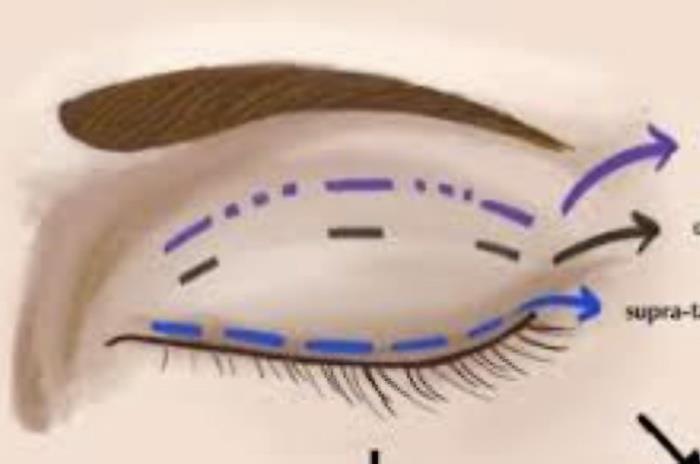
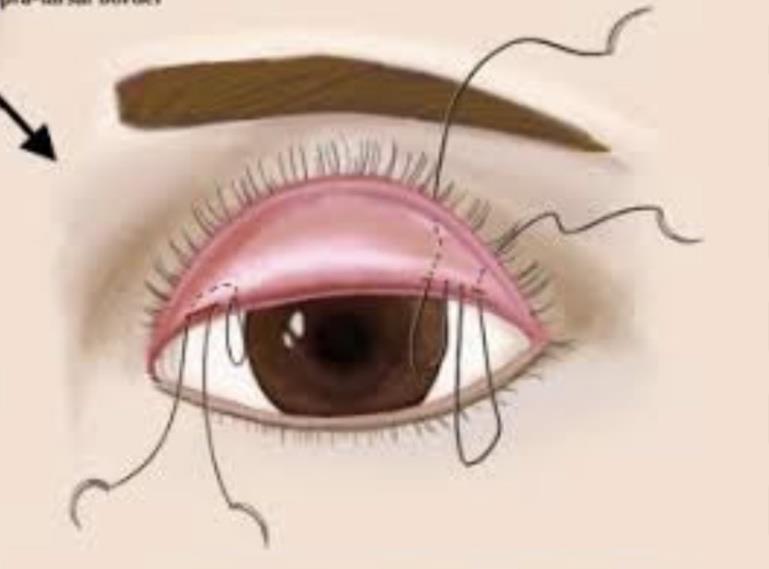
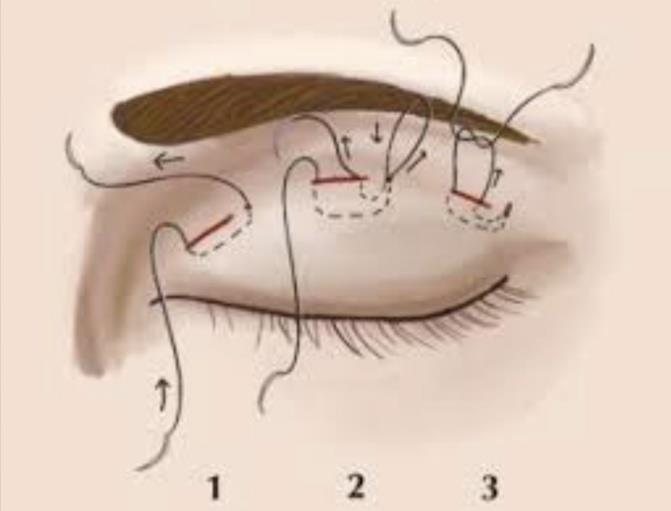
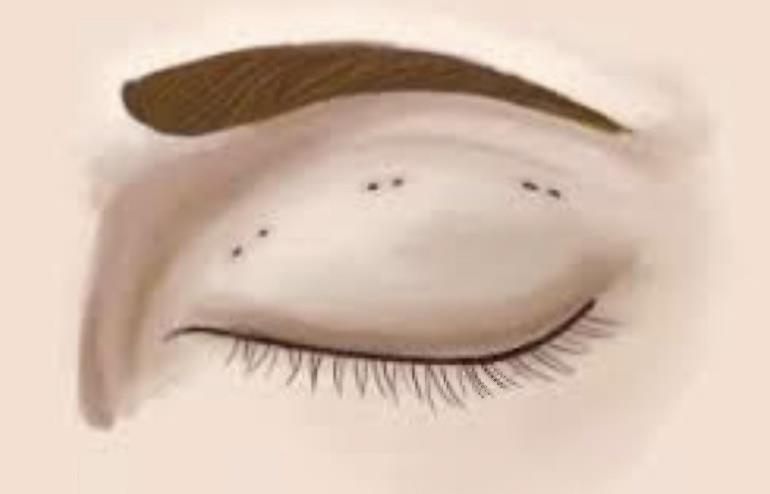
How should one prepare for a Blepharoplasty?
-
Get a consult from the Oculoplastic surgeon.
-
If you are on antiplatelet drugs, blood thinners, herbal supplements, or consume green tea, let your surgeon know this prior to surgery.
-
Cut down on smoking & nicotine use.
Proper preparation not only improves recovery but also helps you understand how safe eyelid surgery is in your individual case.
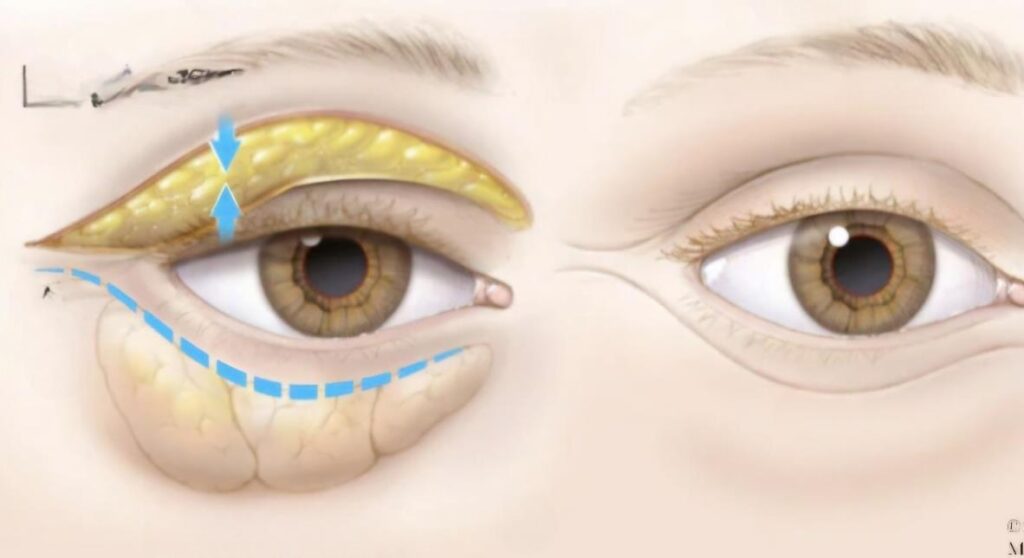
What is the surgical planning behind an eyelid surgery?
Based on an individual’s appearance (amount of excess skin, fat, or soft tissue), the surgeon might advise either UPPER EYELID or LOWER EYELID Blepharoplasty, or both. A detailed consultation also helps patients understand how safe eyelid surgery is when planned according to their unique anatomy and needs.
Upper EYELID Blepharoplasty:
This is done by making small cuts/incisions along your natural eyelid crease to approach the fat. A very minimal part of the loose saggy skin might also be cut. Since the incision is placed along the natural crease line, it remains camouflaged, giving a more natural, seamless look. Patients often ask how safe eyelid surgery is, and with such minimally invasive techniques, the procedure is considered both effective and safe.
Lower EYELID Blepharoplasty:
This is similar, with an incision made just below your lower lash line. In certain cases, an incision may be hidden inside the lower eyelid (transconjunctival approach) to redistribute fat. Many patients wonder how safe eyelid surgery is, and with these advanced techniques, it remains a safe and reliable option when performed by an experienced surgeon.
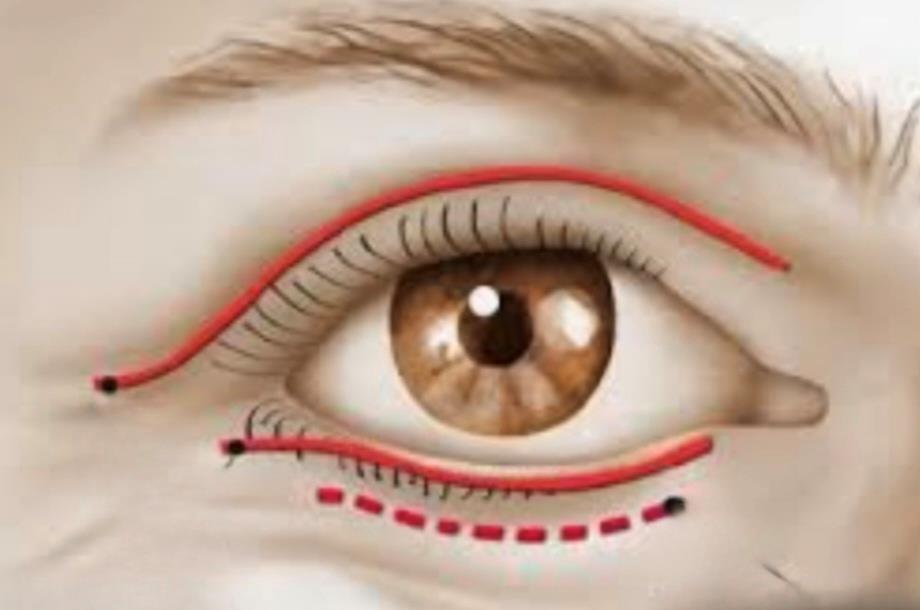
How to check yourself if you have eyebags / excess loose skin?
The first most obvious sign is loose eyebags in your lower eyelid.
In case of upper eyelid excess fat, the eyelids seem to be drawn down due to the gravitational effect of excess fat. Many people who notice these changes also start wondering how safe eyelid surgery is for correcting them.
How long is the procedure?
The duration of surgery depends on the extent of fat/soft tissue removed or repositioned and whether it involves upper, lower, or both eyelids. Typically, it will take 45 minutes to 1 hour. It may also vary depending on other procedures done along with it. For patients concerned about recovery, surgeons often explain how safe eyelid surgery is and what precautions are taken to ensure natural-looking results.
How long is the healing period / What happens after blepharoplasty?
There might be sutures along the incision line which will be removed after a week’s time. In case of absorbable sutures, they need not be removed at all. Post-surgery, you might have:
-
Swelling
-
Bruising
-
Mild blurred vision due to the topical medicine
-
Pain
These, however, will resolve with post-op care and medications. The bruising might be present for 1–2 weeks. The suture marks gradually fade away and might take a month. During this period, your surgeon will also guide you on recovery and reassure you about how safe eyelid surgery is when proper aftercare is followed.
What is post-op/follow-up care?
You might be advised by your surgeon to follow certain strict post-op care, including:
-
Sleeping with the head end elevated for the first 2 weeks post-surgery
-
Avoid rubbing or straining your eyes for long periods
-
Continue using topical gels/ointments as prescribed for the duration advised
-
Avoid eye makeup for the first 2–3 weeks following surgery
-
Avoid direct sun exposure / use sunscreen over the suture site following healing to prevent deepening of scars
Following these instructions plays a key role in recovery and also reassures patients about how safe eyelid surgery is with proper care.
Is Blepharoplasty a permanent procedure?
Yes. Blepharoplasty mostly aims at removing the excess fat/skin around the eyelids. However, certain factors might alter the longevity of results, including natural aging, excess weight gain, or hormonal influences. Patients often ask how safe eyelid surgery is in the long run, and while results are long-lasting, lifestyle factors play a role.
Is Blepharoplasty a painful procedure?
Mostly, Blepharoplasty is expected to be a no-to-minimal pain procedure, though there might be slight discomfort or grittiness for the first few days following surgery. With modern techniques and experienced surgeons, patients can feel confident about how safe eyelid surgery is in terms of both comfort and outcomes.
At Richardson Face Hospital
We have the best team of surgeons with specialist Oculoplastic training who operate on each patient with an individualized approach. This makes the surgery more patient-centric with smooth post-op recovery. Our expertise ensures that patients are fully reassured about how safe eyelid surgery is when done under skilled hands.
